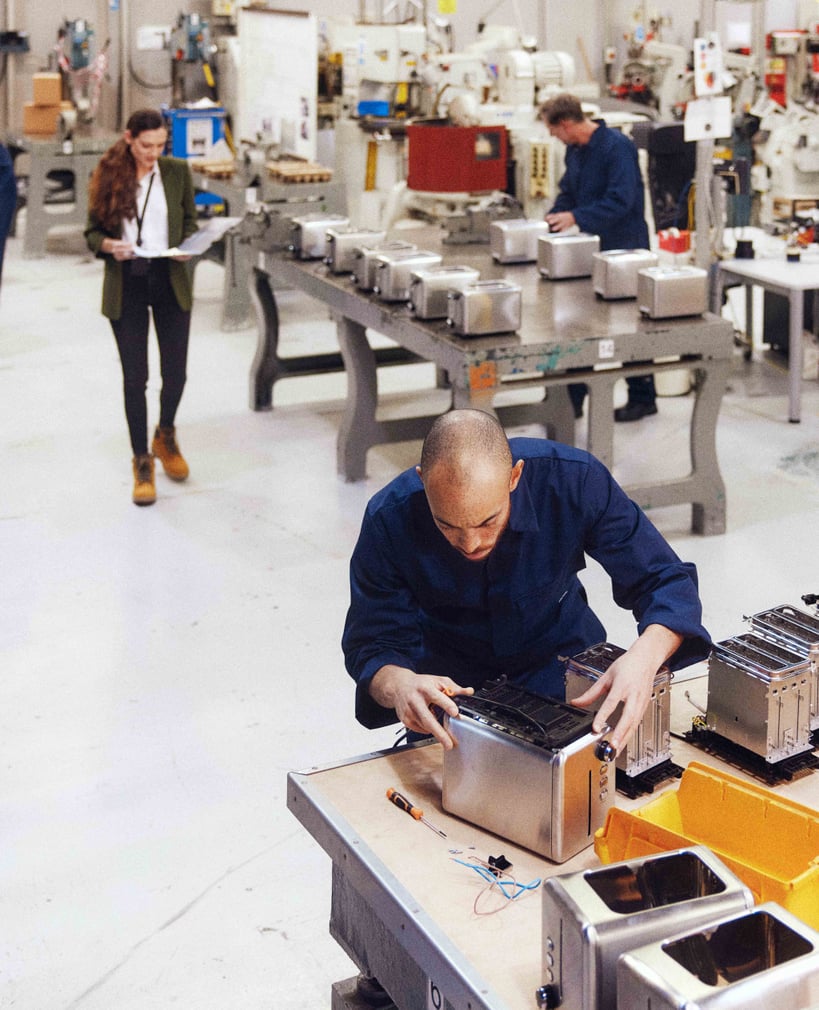Not only is waste... well, wasteful, but it also increases manufacturing costs, reduces profits and impacts the environment. In short, the more that waste can be kept to a minimum, the better it is for everyone.
With so much waste produced, there’s a strong focus on changing how processes work. And establishing the right practices and systems to minimise this excess. But how?
Waste isn’t something that can be avoided
Leftovers. Surplus. Unwanted. However you describe it, waste is an unavoidable part of the manufacturing process. But that doesn’t mean it can’t be minimised.
Which is why many in the industry follow Lean Manufacturing.
Invented in the 1930’s, this method identifies any part of a manufacturing process that doesn’t add value so that waste can be reduced, and productivity increased. It has helped millions of companies for almost 100 years, enabling them to offer better products and services for their customers.
Fast forward to the 21st Century, and waste is more important than ever - whether that’s due to greater awareness of environmental impacts or the need to streamline budgets more efficiently.
Lean-ing into a better way of manufacturing
Lean Manufacturing has been around since the invention of radar, ballpoint pens and cat’s eyes (the road reflectors, not the feline variety).
Digital tech is helping and takes Lean Manufacturing to another level. The method now concentrates on the collection of tools, techniques, and principles that have proven to be effective at driving out waste. As well as providing the information needed to make sure that the entire manufacturing process is as eco-friendly and sustainable as possible.
Whether it’s from different raw materials, the production lines they’re made on or even the facilities they’re created in, more detailed data can be collected than ever before. And better decisions can be made.
But what should modern manufacturers be looking for? And how can they analyse it efficiently?











